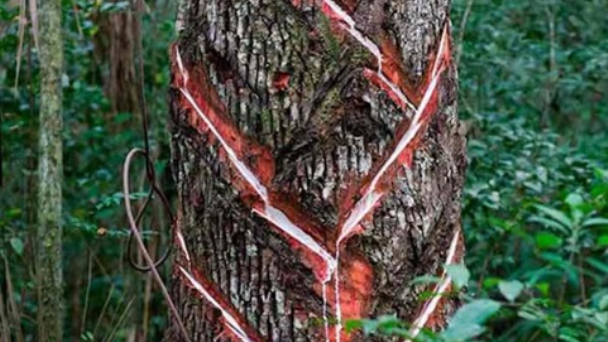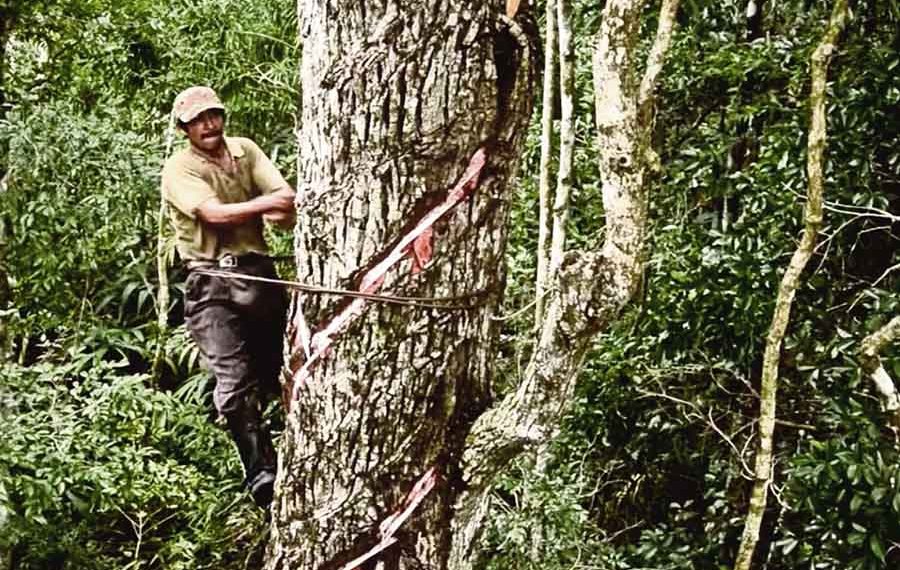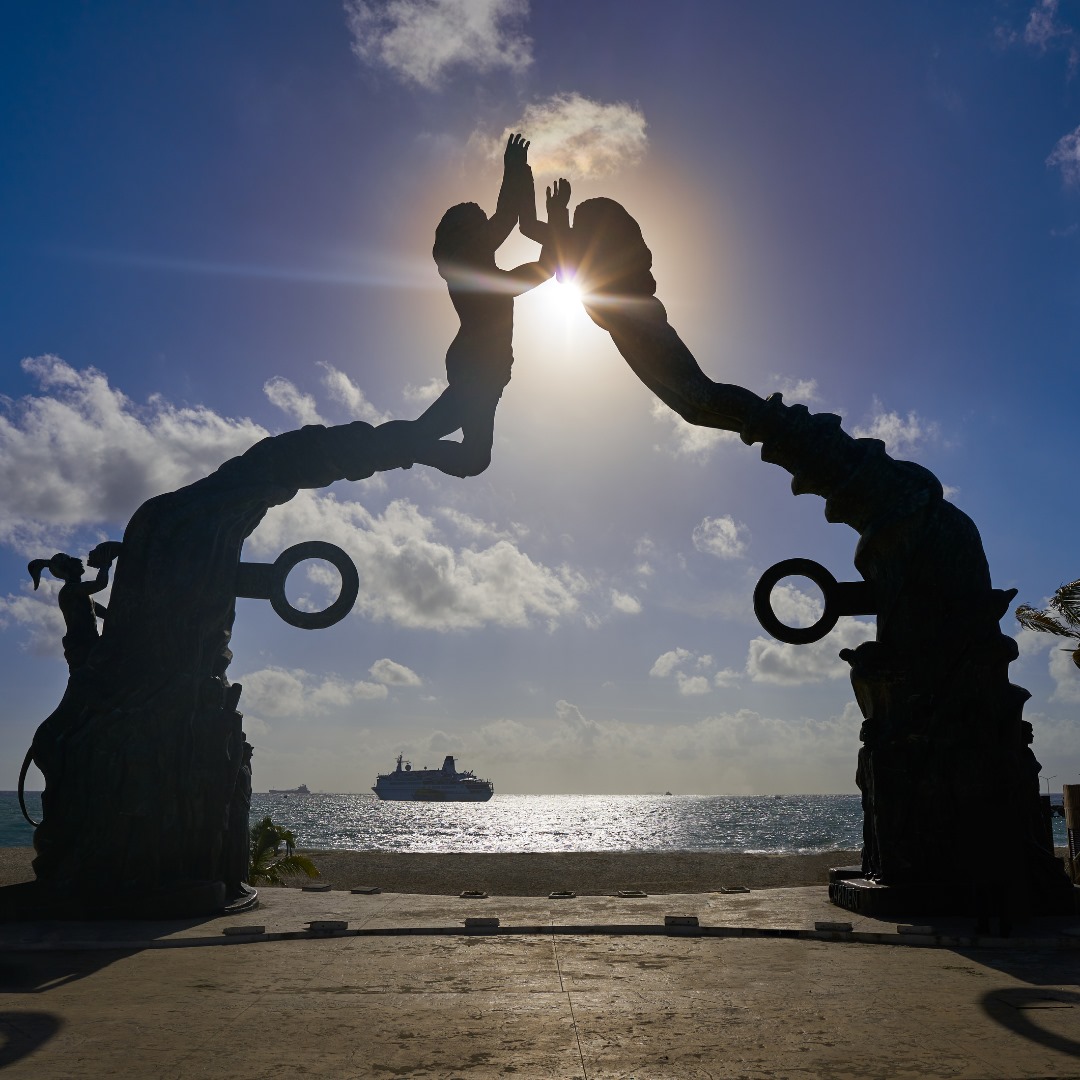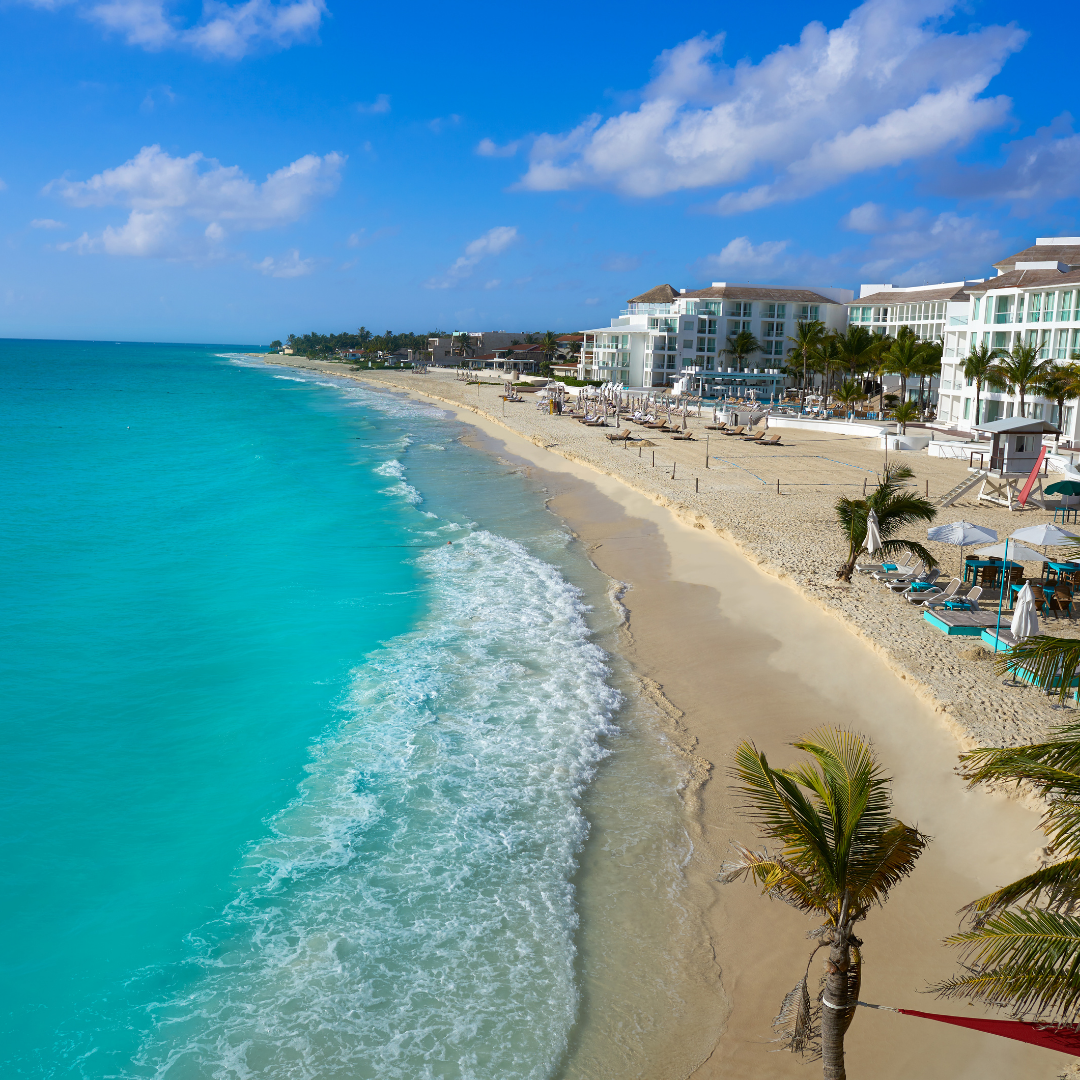For many years, the jungle region of Quintana Roo, among other nearby territories, have been named chicleras zones, due to the large number of Zapote trees that exist and the over-exploitation that affected the area at the end of the 19th century.
Chicle, which results from the dehydration of the resin of the chicozapote (Achras zapota), was already known by the Mayan indigenous people, who called it sicté and obtained it by extracting the resin through ancestral procedures, 9 with which they later prepared white bars that wrapped in corn or other plant leaves to ensure their hardening. They used it in some religious ceremonies, also to clean the teeth and mainly to quench thirst [Poot, 1982: 12]
At the end of the 19th century, the industrialization of this product began thanks to Antonio López de Santa Anna, who, during his exile in New York, made known to the inventor Thomas Adams that it was possible to make tires with the resin, which he carried with him to try to market it.


After trying to make not only tires, but toys and other products without success, the skillful inventor put it on sale in its pure form and combined with artificial flavors and colors, under the name New York No. 1, which became so popular that turned the Adams factory into a monopoly with the six major chewing gum producers in the United States and Canada, selling their new brand called “Chiclets.”
In Quintana Roo, the beginning of the production of chewing gum in an organized way was until 1917, when the first workers arrived in Quintana Roo from places like Veracruz, Yucatán, Chiapas and Belize; the camps were in the vicinity of Santa Cruz de Bravo, today Felipe Carrillo Puerto.
Similarly, in 1936 in the then-known Hacienda Santa María, today Leona Vicario, the Federal Government gave 241 thousand 83 hectares for the exploitation of gum and dye stick, in order to colonize this place.
Currently, in the area of Leona Vicario and the Ruta de los Cenotes, near Puerto Morelos, is located Central Vallarta, a camp from the early twentieth century, where you can see trees that still show the scars on their bark, from this technique used to obtain the gummy substance of the gum.
Today, the inhabitants of these chicle production centers already had to dedicate themselves to field work, since it is not a profitable activity with the large companies that export chewing gum.
Currently, this is a highly valued tourist area due to the large number of cenotes and ecotourism and adventure options. Being its access right in front of Puerto Morelos, its proximity to Cancun and Playa del Carmen, make it the perfect option for a weekend. If you want to know more about this period in the history of Mexico, we recommend on Netflix the movie “SelvaTrágica”: To escape from an arranged marriage, a woman goes deep into the Mayan jungle, where untamed nature fuses the human with the supernatural. Directed by Mexican Yulene Olaizola, this film won awards at the 2020 Vienna and Venice film festivals.





